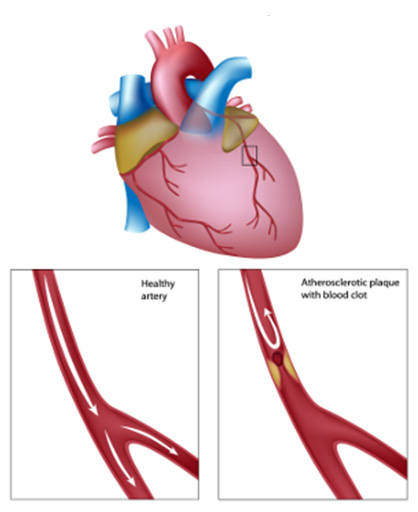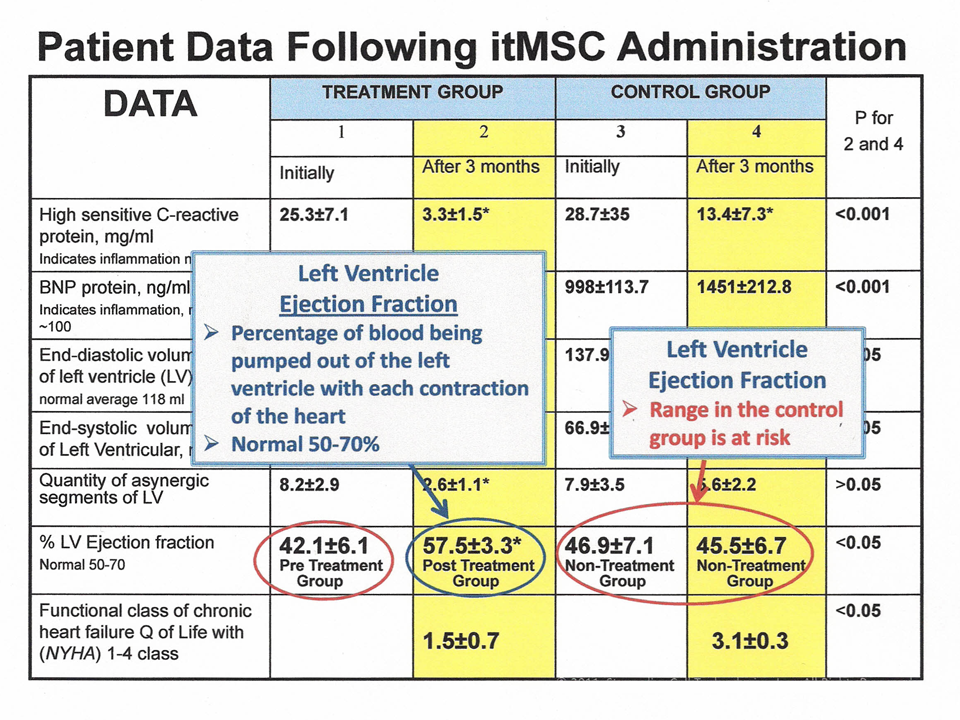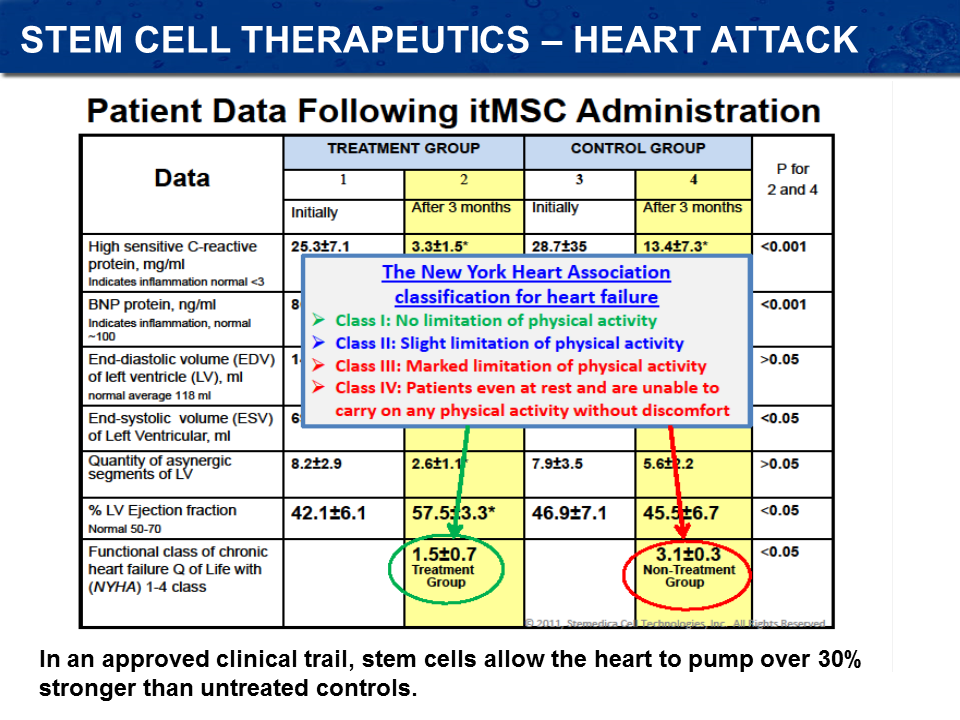Stem Cell Treatment for Heart & Vascular Disease
The important thing to remember in reading about stem cell therapy for heart disease is that not just “any ole stem cell” will work. Your fat cell or your own bone marrow cells are not good choices that will provide a good therapeutic outcome. Young cells specifically developed to heal specific tissue (vascular and cardiac muscle tissue) are what is needed in order to heal the heart and provide a positive outcome. Animal studies have proved and what we have found, is that two cells for heart repair are better than one. We originally used a vascular mesenchymal (bone marrow stem cell — MSC) to treat heart disease. This was of great benefit because it increased the vascularity in the heart muscle which had blockages. A few years ago we added a heart muscle cell called a cardiomyocyte. We found that the two cells given together gave us a greater response to treatment than working with just one cell. We found that giving two cells together created no adverse effects and to our knowledge, we are the first company to use dual stem cell technology in human clinical treatment for heart disease.
- Chronic Heart Disease/Cardiomyopathy
- Lower Extremity Claudication (blockages in the leg arteries)
- Endothelial dysfunction (small blood vessel blockages in the eyes, kidneys & heart)
- Vascular dementia
Stem Cell Therapeutics – Heart Failure
Cardiomyopathy or Chronic Heart Disease
This occurs after a heart attack, the injured heart muscle is replaced by scar tissue. Scar tissue is weaker than the muscle and stretches. This causes the chamber of the heart to become weakened. Eventually the muscle becomes so stretched it is unable to pump blood adequately and the patient lapses into congestive heart failure.
Longevity Medicine treats this condition with two stem cells. One to treat the muscle (myoblast) and one to stimulate the growth of new blood vessels (endothelial stem cell). This stem cell therapy often results in a dramatic improvement in the ability of heart muscle to work in a more normal fashion.


